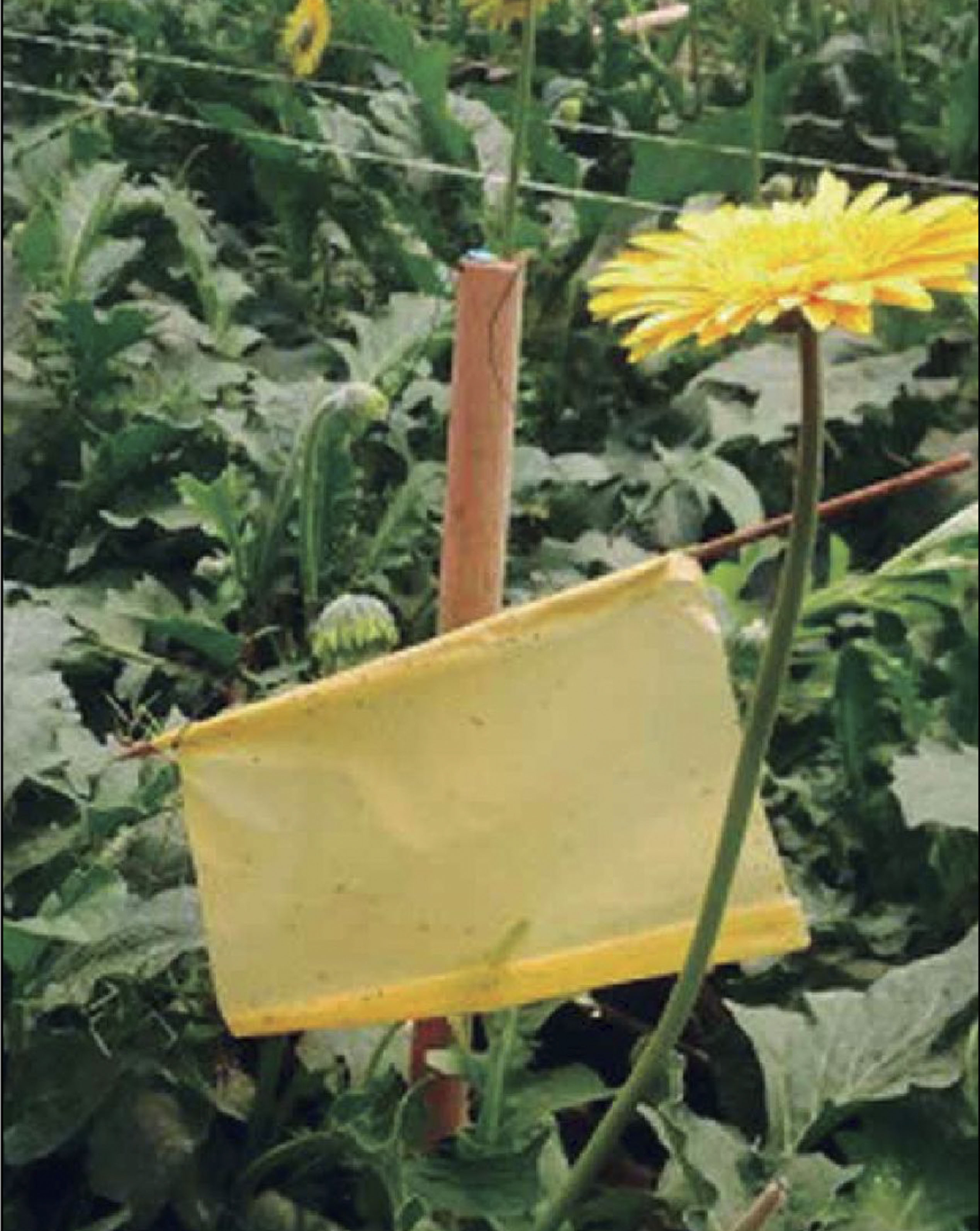wilting in fruit trees, vegetables and flowers caused by the fungus gnat fly
Abstract
In Venezuela, the production of vegetables under the protected cultivation system has increased in the last decade. Although the climate inside these structures can be highly favorable for crops, in some cases, it can favor the establishment and development of pests and diseases, and serious phytosanitary problems can be generated. Among them, those caused by Alternaria alternata, Phytophthora spp., Botrytis spp., and common pests such as whitefly (Bemisia tabaci), thrips (Trips palmi) and mites (Tetranychus urticae) stand out. In our country, since 2010, the black fly or fungus gnat (Bradysia spp. Diptera: Sciaridae) has caused considerable losses in crops and emerged as a primary pest; Due to wrong diagnoses, its control has not been carried out adequately.
References
plantas de follaje. Ediciones HortiTecnia Ltda. Madrid.
44 p.
Escalona E. 2014. Identificación, biología y diagnóstico
de la problemática atribuida a “fungus gnat” Bradysia
sp. (Díptera) Sciaridae, en cultivos de ornamentales
del municipio Guaicaipuro del estado Miranda. Tesis
para optar al Título de Magister Scientiarum. Postgrado
de Entomología, FAGRO-UCV. 89 p.
Hurtado, T.J., Rosales, L.C.; Escalona, E.J., Morales, P.,
Puente, L. y Noguera. 2015. Manejo Integrado de la
mosca fungus gnat bajo sistemas protegidos. XXIV
Congreso Venezolano de Entomología. Barquisimeto,
Edo. Lara. Resúmenes p.61
Rosales L.C., Hurtado, T.J. y Escalona E.J. 2013. Marchitamiento en cultivos ornamentales causado por la
Mosca fungus gnat. Revista Producción y Negocios
Nov. Dic. 2013. No 59 pp: 11-13.
San Blas, E., Rosales, L. C. y Torres, A. Entomopathogenic
nematodes in tropical agricultura. Current uses end their future in Venezuela. In: Nematode pathogenesis of insects and other pest. Springer International Publishing. 978-3-319-18265-0. pp. 373-400.


